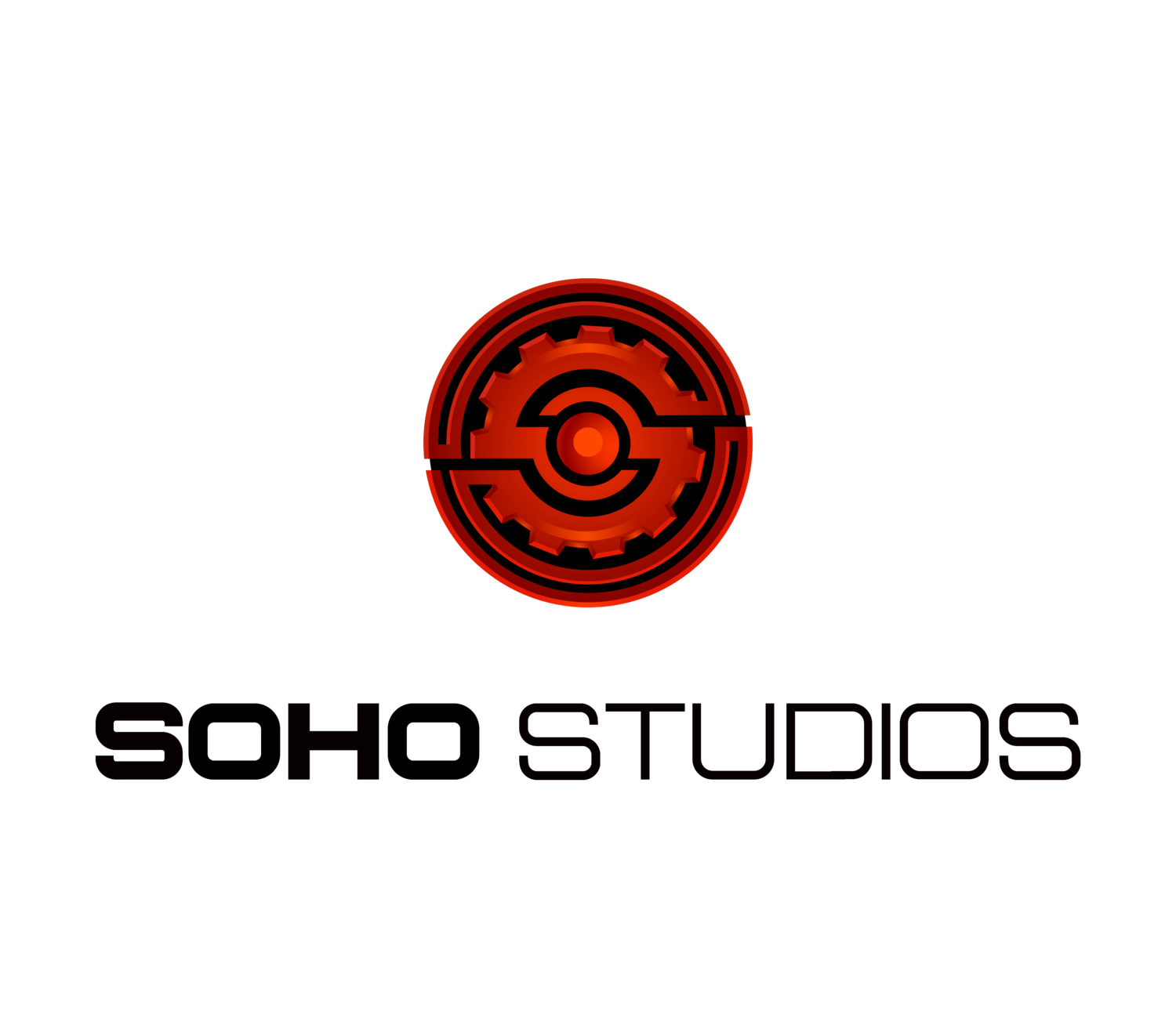Six Things Your Experiential Marketing Event Must Have
Business events can be hit-or-miss deals, but a good experiential event can influence consumers on a massive scale. In 2017, marketers have a lot of tools to work with. From VR to trending prop logo designs, the list is virtually limitless. We won’t say the “tiny house” fad isn’t a solid resource to look at, but it’s certainly a step in the right direction. Below, we’re covering four great resources your experiential event should use. You might not be able to mash them all together, but you should at least use one.
One: The Tiny House
Tiny houses are huge right now. They’re appearing on lifestyle websites, TV shows and magazine photo spreads. Ranging from 100- to 500-square-feet, tiny houses have reached baby boomer and millennial markets alike with their compact, endearing nature.
They’re easy to build, move and remove, too. Check out the SPAM Tiny House Sizzle Tour, if you’re looking for good ideas.
Two: Virtual Reality
The Oculus Rift and HTC Vive have made virtual reality a modern event cornerstone. If experiential marketing wasn’t fun before, it certainly is. Virtual Reality might still be in the Wild West, in terms of development, but it’s become something most small brands can afford to use. VR is still stepping up, but even its early-stage models can provide immersive experiences in small event spaces. If you want to upgrade, implement 360-degree video and augmented reality.
Three: Special Prop Logos
This year, we’ve seen a slew of unique prop logos pop up. Between separate area signs, neon signs and rustic signs, the glitz and glam never ends. You can make unique signs with graffiti or UV-resistant polycarbonate materials, too, if you’re looking for a classic, minimalistic design.
Four: Biometrics
Biometrics might seem futuristic, but it’s impacting today’s marketing world. Biometrics is the in-depth measurement, and analysis, of an individual’s behavioral and physical characteristics. Giving today’s event marketers an opening to measure target audience feelings, biometric devices are immediate response devices capable of measuring consumer preferences, event effectiveness and product incentives. Plug in the results later, strategize your product line and use both science and statistics to gauge consumer responses.
Five: Mobile Data Collection
Sticking with the “data is everything” theme, we believe data collection is incredibly important. In the recent past, businesses used experiential marketing events to boost brand engagement. Now, they can use them to collect data via feedback, smartphone engagement and event activations. Use mobile activations to see which consumers are attending, and gauge different responses based upon click-based behavior.
Six: Community Voting
Because most event-goers are strapped with iPhones and Androids, community voting has experienced a resurgence. Create branded hashtags, get event-goers involved with social media and use SMS to create text-based polls. Or, use an integrated online element to give consumers a chance to participate from home.
In any event, you should find out where your audience is already hanging out. This can be a physical place within the event. It can also be on the Internet. If you can find out where your event-goers go, you can strategize entire campaigns for post-event effectiveness. Mix and mash up your event tools, but make sure one thing is prioritized: Your consumer’s time.






